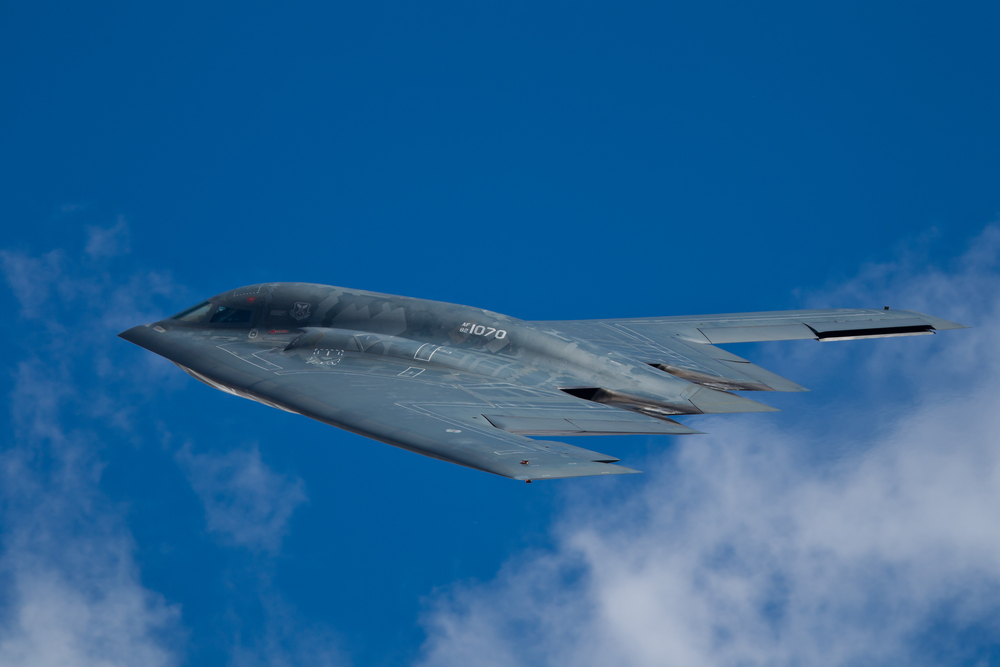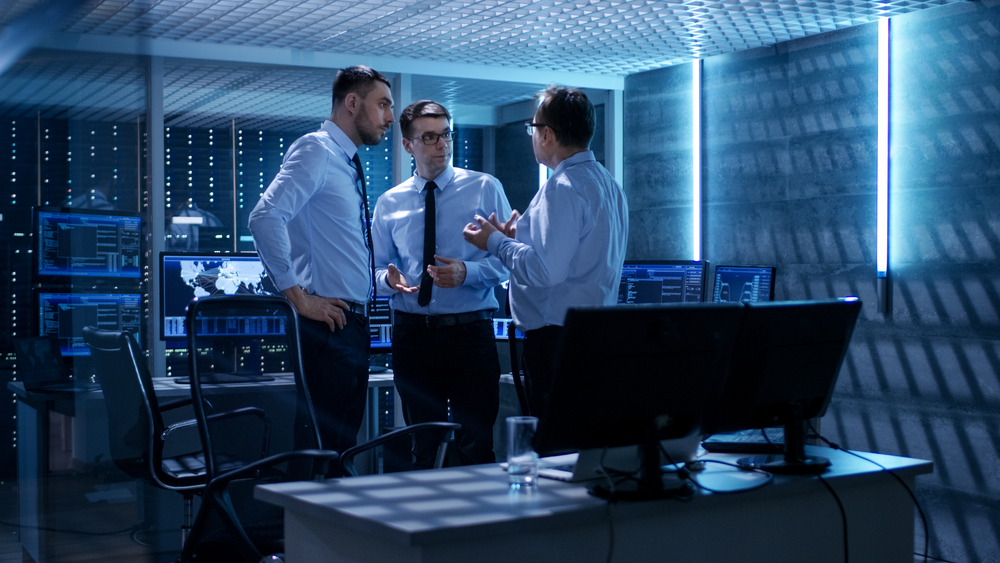Though centipedes don’t typically have the 100 legs they are named for, they often have dozens of pairs, one per body segment. Goldman had long been fascinated by centipedes, but analyzing their movements was nearly impossible, because they have too many body segments and legs to track. When Ozkan-Aydin, now a robotics scientist at the University of Notre Dame, hooked two or three four-legged robots together, the longer machines could cross wider gaps and clamber over bigger obstacles, even outside on natural terrain, she and colleagues reported last year in Science Robotics. But, using a sophisticated video tracking program called DeepLabCut, Erikson found the centipede Scolopocryptops sexspinosus instead changes its gait to match the challenges of its terrain.
Source: https://www.science.org/content/article/centipedes-envy-engineers-inspire-new-generation-robots






